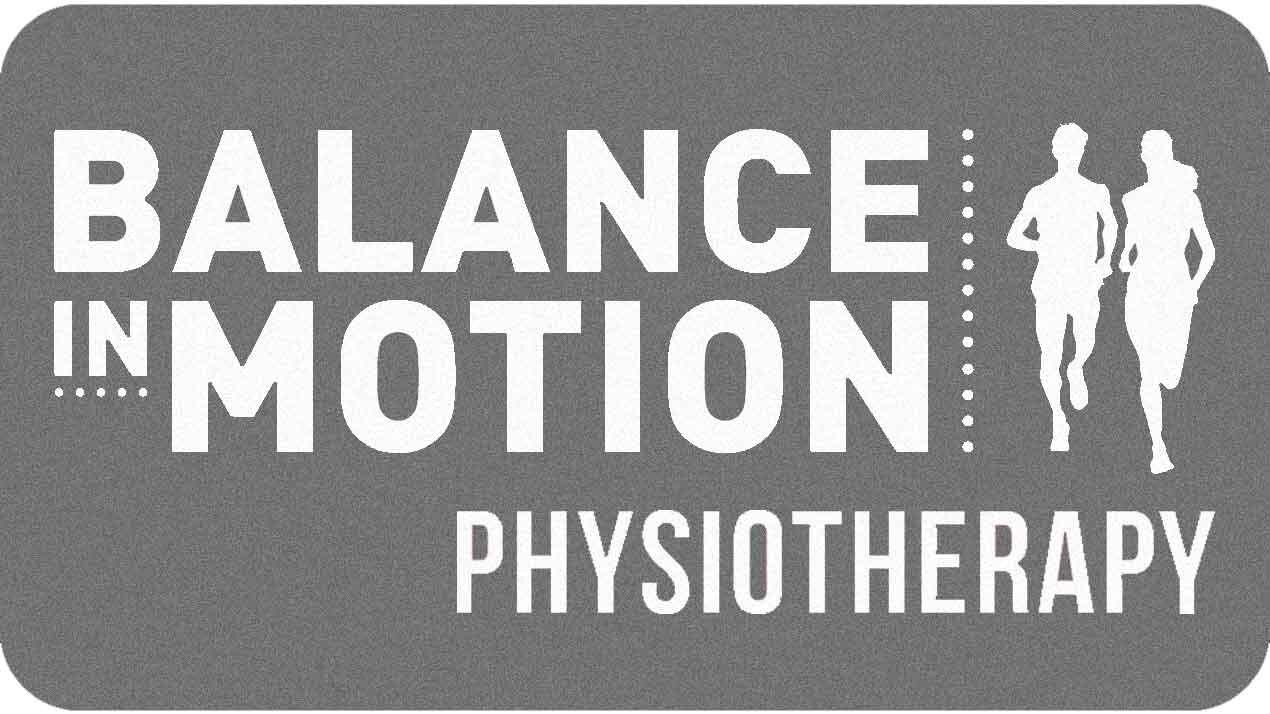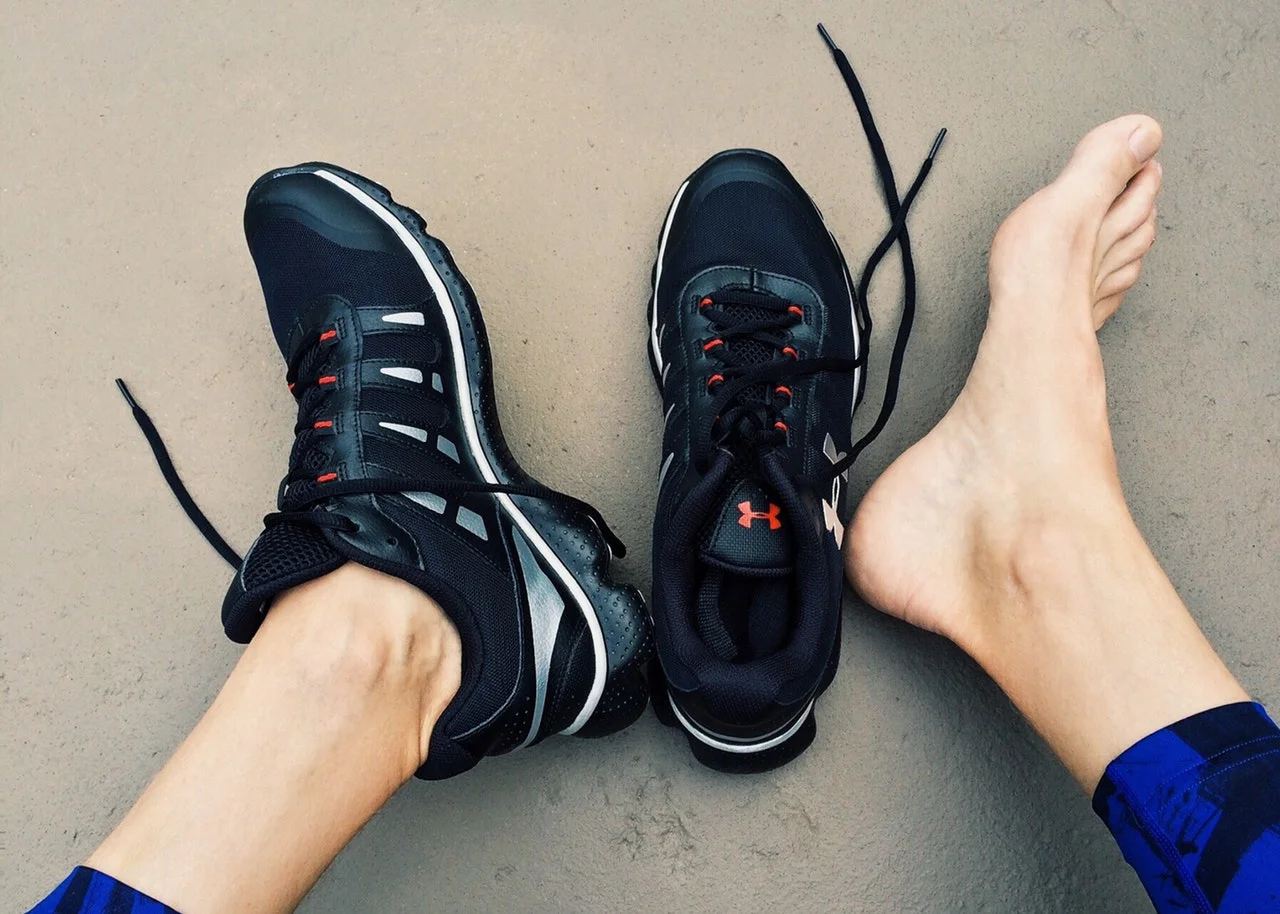4 TIPS TO REDUCE YOUR PLANTAR FASCIITIS PAIN TODAY!
/4 TIPS TO REDUCE YOUR PLANTAR FASCIITIS PAIN TODAY!
As we come into the start of spring (after our very mild “winter”) and with the weather warming up, we start to see an increase in heel pain (plantar fasciitis) at Balance in Motion Physiotherapy here in Bondi and Sydney CBD. Classic examples can be “I did the Bondi to Coogee walk in a pair of thongs and now my heel hurts when I get up in the morning” OR “I was going well with my long runs but probably added an extra 7kms and the following morning my heel was really sore” and occasionally “I read born to run and decided to run 10kms with no shoes on.”
Plantar fascia pain (plantarfasciitis) has a typical presentation of the following:
The first few steps in the morning suck. You really aren’t looking forward to getting out of bed. Sometimes it can be 30 minutes before you feel like you can take a proper step
If you have been sitting for a while and get up the first few steps are sore it feels like you are 80 years old and just stepped on a rock
It can start to hurt the more you run or walk
Pain is located close to the heel only
If you did more than normal walking or running wise that pain is back 10 x as bad the following morning. even if it had been finally getting better.
If you don’t have the above you most likely don’t have “plantar fasciitis.”
BELIEVE IT OR NOT, THERE ARE ACTUALLY 7 STRUCTURES THAT CAN REFER PAIN AROUND THE HEEL.
Your lower back, 2 x nerves, your calf muscle (soleus), a muscle in your foot called quadratus plantae, your plantar fascia and a fat pad …….and yes we have fixed people’s heel pain by only treating their low backs and yes it still gives us a kick
However, if you have the above symptoms read on. I am going to give you some tips that have literally helped thousands of people suffering from heel pain feel better quickly.
It is not technically Plantar Fasciitis it is technically Plantar Fasciosis
Studies show degenerative changes at the Plantar Fascia origin, deterioration of collagen fibres and increased random blood vessels (Lemont et al 2003). This is the same process that we see in lower limb tendinopathies like Achilles tendons. There is no evidence of an inflammatory process so technically it is not an itis. So this all means that if you do too much exercise/ walk too far/ run too far for your plantar fascia at that point in time you overload it. If you keep doing it the process we see is degenerative. Taking Voltaren will not help as it isn’t inflamed.
TIP 1 - OFFLOAD THE PAINFUL TISSUE
It is an overload condition so offload with generic orthotics OR low dye taping. There has been no significant difference shown between off the counter orthotics and custom orthotics. This is the quickest way to reduce your pain. If you want our secret version of the taping, its right below.
TIP 2 - GIVE IT A LITTLE FOOT STRETCH
Di Giovanni et al 2003 added the below stretch for patients first thing in the morning before weight bearing x 1 minute. It made that first few steps bearable and not like walking through a pit of broken glass. Watch the video below.
TIP 3 - GIVE IT A LITTLE CLAF STRETCH
Your calf muscles attach to your Plantar Fascia. Stretching your calves with literally take the pressure off your sore heel. Watch the video below. to check out my secret calf stretches.
TIP 4 - LOAD IT
Like tendons it likes a little loading (but not too much)
Both the Achilles and Plantar Fascia are made of type 1 collagen. It appears that type 1 collagen responds to loading exercises (Langbery et al 2007). This combined with the paper by Rathleeff et al 2014 entitled “High Load Strength training improves outcome in patients with plantar fasciitis: A Randomized Controlled Trial” has lead us to manage the condition similar to how we manage achillies tendons.
How do we do this?
Single leg calf raise with toes in extension on a rolled up towel to tension the windlass mechanism and maximally load the plantar fascia. Make sure you come and see us to get a program to help progressively overload this program every week. Sounds complicated? Watch the video below.
If you suspect you have more than one source of heel pain, want to fast track your outcome to get back to exercise faster or simply aren’t getting anywhere come into the clinic.
If you live in the Bondi area click HERE for our Bondi Physiotherapy clinic. If you are near the Sydney CBD close to Macquarie Street click HERE for our Sydney CBD Physio clinic
You are also more than welcome to a free 10 minute phone Physio consult to see what else can be done. Just click HERE and put Free 10 minute phone consult in the headline.



